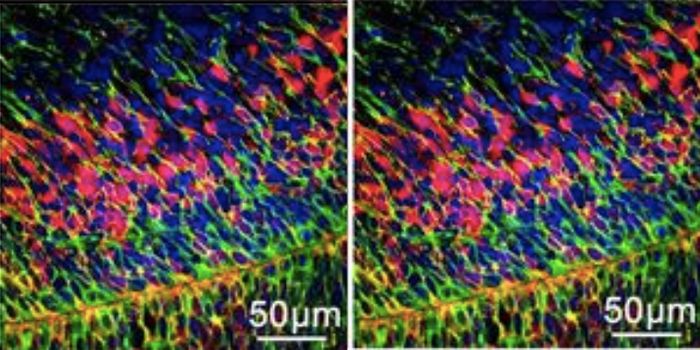Lead Exposure Can Lead to Epigenetic Changes
In Brazil, automotive battery plants use lead to make their products, exposing workers to the element, which is abundant, natural, and highly toxic. In the United States, the use of lead was restricted in 1986. By American standards, lead poisoning occurs when a person's blood level of lead is above 40 micrograms per deciliter of blood (µg/dL). In Brazil, the law states that a level up to 60 μg/dl is acceptable; new research has called that into question. The work, which was reported in Frontiers in Genetics, has suggested that lead may have epigenetic impacts at even lower levels of exposure.
Researchers assessed blood samples from 85 volunteers that work in battery plants that use raw lead, and found that their average blood lead level was 20 μg/dl. That level of lead was associated with a microRNA that's involved in DNA methylation. Methyl groups are a common chemical tag that modify the genome and can alter gene expression.
“What all the studies conducted to date suggest, albeit incipiently, is that low-level exposure to lead isn’t necessarily associated with a lack of adverse effects but may correlate with molecular events that precede the events that are well-established in the literature as deriving from chronic lead poisoning, such as neurological and hematological problems,” said senior study author Gustavo Rafael Mazzaron Barcelos, a professor at ISS-UNIFESP (Institute of Health and Society of the Federal University of São Paulo).
The volunteers did not appear to have health problems because of the lead, but the changes in gene expression are concerning, the researchers noted. “These levels cannot be considered safe. It would be great if lead exposure levels could be minimal, but a whole industrial system depends on [the] production of lead. We need good public policy to minimize exposure, which we’ve been observing systematically in Brazil for decades,” Barcelos said.
The researchers built on previous work that showed DNA methylation had decreased in this group of workers. They investigated other biomarkers, and determined that a miRNA called miR-148a, which is linked to inflammation and DNA damage, was significantly increased in these individuals.
“We analyzed DNA methylation, one of the epigenetic changes that occur mainly in promoter regions, which control gene functions. When methylation in these regions undergoes such changes, protein synthesis may become dysregulated, potentially causing problems. There’s evidence that lead exposure can inhibit DMNT1, the enzyme responsible for controlling DNA methylation. In the samples we analyzed, we found an abundance of miR-148a, a miRNA that targets the gene for DMNT1,” explained first study author Marilia Ladeira de Araújo, who did this work as part of her graduate research at ISS-UNIFESP.
“The advantage of using miR-148a as a biomarker of epigenetic disturbances induced by lead exposure is that these alterations in its expression may precede various cellular disorders, such as oxidative stress and cell death,” Barcelos said. “We don’t yet know whether a decrease in DNA methylation has adverse effects. We analyzed the overall status of this parameter in DNA as a whole, but we now know it’s a potential biomarker of this condition.”
The researchers are hoping to continue this study when the pandemic has subsided.
Sources: AAAS/Eurekalert! via Fundação de Amparo à Pesquisa do Estado de São Paulo, Frontiers in Genetics









